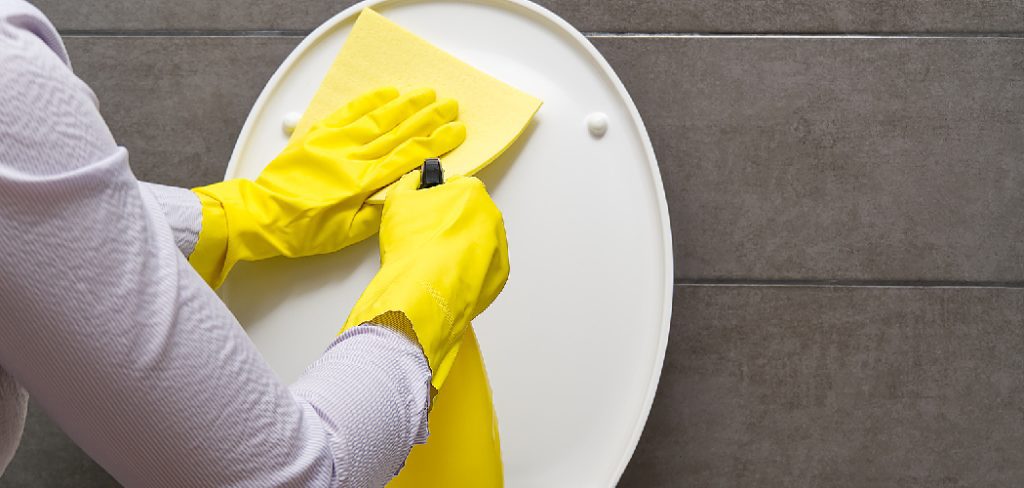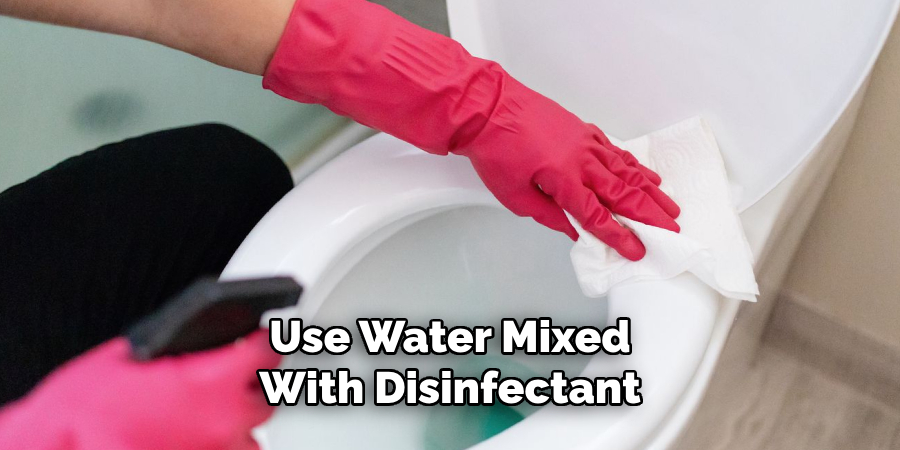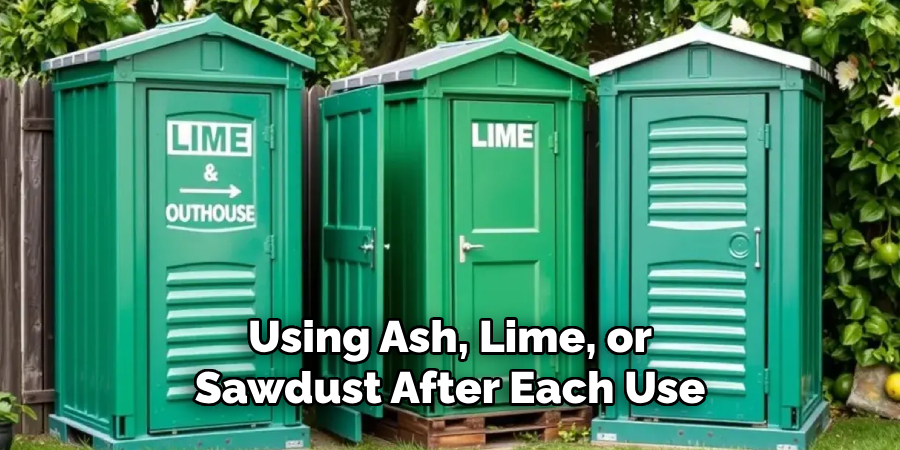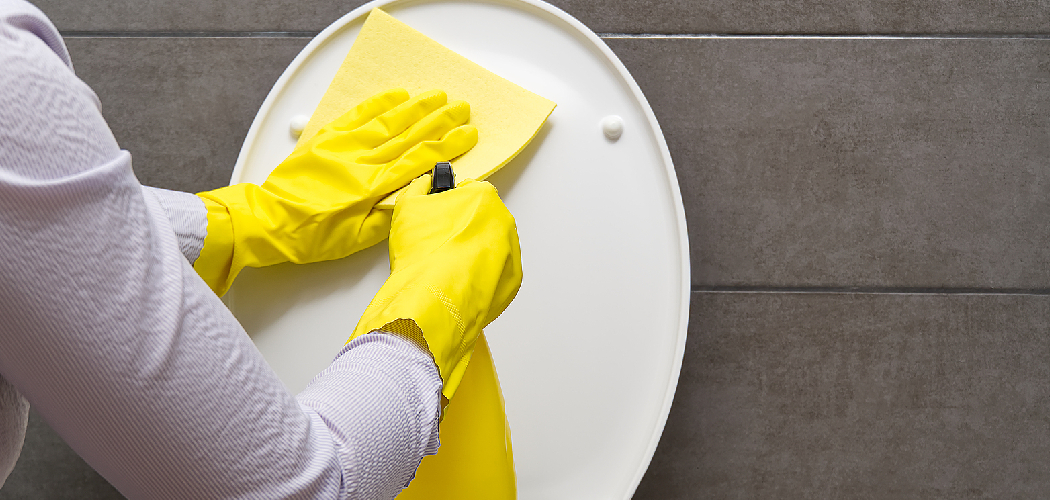Maintaining a latrine is essential for ensuring proper hygiene, preventing the spread of diseases, and promoting a clean and healthy environment. Regular upkeep not only extends the lifespan of the facility but also provides a safe and comfortable space for users. In this blog post, we’ll walk you through the steps on how to maintain a latrine so that you can get back to using it in no time! So grab your tools, and let’s get started!

Daily Latrine Maintenance Tasks
Sweep the Floor
Keep the floor area clean by sweeping daily to remove dirt, debris, or any buildup that might accumulate.
Clean the Latrine Pan or Seat
Use a brush and disinfectant to scrub the latrine pan or seat, ensuring all traces of waste are removed. This helps reduce odors and prevents the spread of germs.
Empty the Waste Bin
If there is a waste bin for toilet paper or other items, empty it daily to maintain cleanliness and to prevent unpleasant smells.
Check for Water Supply
Ensure that there is an adequate water supply, if applicable, for flushing or cleaning purposes. Refill water containers or tanks as needed.
Inspect for Repairs
Quickly check for any signs of damage, such as leaks, cracks, or blocked drains, and address them promptly to avoid larger issues.
Ventilate the Area
Open windows or ensure proper ventilation to allow fresh air to circulate, which helps in reducing odors and keeping the space pleasant for use.
By diligently performing these daily tasks, you can keep your latrine hygienic and functional for everyone using it.
10 Methods How to Maintain a Latrine
1. Establish a Regular Cleaning Schedule
The foundation of maintaining a latrine lies in establishing a consistent and thorough cleaning schedule. Latrines, whether in a household, field, or communal setting, can quickly become unsanitary if neglected. A daily routine involving sweeping, scrubbing the slab or seat area, and removing any visible waste or mud ensures cleanliness and hygiene.

Use water mixed with disinfectant or natural cleaning solutions like vinegar or lime, depending on availability. Assign specific individuals or teams to handle cleaning duties, and clearly communicate expectations. Documenting cleaning in a visible chart or log can increase accountability, especially in shared facilities.
2. Ensure Handwashing Stations Are Functional and Stocked
A well-maintained latrine always includes a nearby handwashing station, which plays a critical role in limiting the spread of disease. Maintenance of the latrine must include regularly checking that these stations are filled with clean water and soap or an appropriate substitute such as ash. Tippy taps, jerry cans with taps, or even bowls of water should be positioned strategically within a few steps of the latrine exit. Empty containers should be refilled promptly, and soap should never run out. If the water supply is disrupted, provide alternative solutions like hand sanitizer (if available) to encourage continued hand hygiene.
3. Control Odor with Ash, Lime, or Sawdust
A common issue with latrines is the buildup of unpleasant odors, which can discourage usage and invite pests. One simple and highly effective method for maintaining freshness is using ash, lime, or sawdust after each use. These materials help cover waste, absorb moisture, and neutralize odors. In dry latrines or pit latrines, users should be encouraged to throw a scoop of one of these materials into the pit after each use. A covered bucket or bin nearby can be used for storage. Odor control not only improves user experience but also reduces fly and insect breeding inside the pit.

4. Prevent Blockages and Clogs
Maintenance includes making sure that waste flows correctly and that the latrine does not become blocked, especially in pour-flush or water-based systems. This involves educating users on what can and cannot be flushed or thrown into the pit. Materials like sanitary pads, diapers, plastic, or cloth must be strictly prohibited. Place clearly marked signage and posters to guide proper disposal behavior. If blockages do occur, having a plunger, auger, or rod nearby can help address the issue quickly before it worsens. Unclogging waste pipes early saves the facility from costly repairs or potential abandonment due to dysfunction.
5. Monitor and Repair Structural Integrity
The physical structure of a latrine must be routinely inspected to ensure long-term usability and safety. Cracks in slabs, loosened privacy walls, or damaged doors must be addressed promptly. In field or rural environments, high winds or animals can knock down enclosures or roofs. In wet conditions, wooden components may rot or metal rusts over time. Latrine maintenance therefore includes proactive repairs using durable materials whenever possible. Cement reinforcement, waterproofing tarps, or even patching holes with clay or woven grass can extend the life of the latrine and prevent accidents or exposure.
6. Manage Drainage and Prevent Water Accumulation
Standing water around the latrine area can quickly lead to erosion, mosquito breeding, and foul conditions. Regularly inspect the ground surrounding the latrine for puddles or erosion. If needed, dig shallow trenches or install a gravel bed around the latrine to guide water away and absorb runoff. Roofs or tarps over the latrine prevent rainwater from flowing directly into the pit or onto the user. In areas with heavy rainfall, building latrines slightly above ground level with a raised platform helps prevent flooding and collapse. Proper drainage is a crucial yet often overlooked component of ongoing latrine maintenance.
7. Keep the Pit Covered When Not in Use
One of the simplest yet most impactful maintenance habits is ensuring the latrine pit is covered when not in use. In open-pit or squat-style latrines, users should be encouraged to close the lid or slide a cover over the hole after finishing. This reduces fly breeding, limits odor, and keeps debris or rainwater from entering. A properly fitted cover, ideally made from a non-porous material such as plastic or wood, should be provided and easily operable by all users, including children. Regular checks to ensure the cover is in place reinforce good hygiene practices and protect the environment.

8. Track Pit Fill Levels and Plan for Safe Emptying or Closure
As part of maintaining a latrine, it is essential to keep track of how full the pit is getting. Once the waste reaches about three-quarters of the pit’s depth, plans should be made for either emptying or safely closing the pit. For long-term use, especially in institutions or camps, designate individuals responsible for measuring and recording the level monthly. When it’s time to empty, engage trained personnel with the appropriate equipment and safety gear, especially in the case of mechanized vacuum trucks. If closing the pit, cover it with soil and mark the location to prevent reuse or accidental digging.
9. Educate Users and Monitor Proper Use
Even the best-maintained latrine can be quickly degraded if users are unaware of proper usage procedures. Continuous education is a part of maintenance. This can be achieved through visual signs, verbal instructions, or community meetings. Stress the importance of using the latrine rather than open defecation, the necessity of handwashing afterward, and the dangers of throwing foreign objects into the pit. Supervisors or hygiene promoters should periodically monitor use and report issues or trends of misuse. The success of latrine maintenance ultimately depends on behavior as much as infrastructure.
10. Keep Cleaning and Maintenance Supplies on Hand
No maintenance program is complete without the proper tools and materials readily available. A supply station near the latrine—or stored with a designated caretaker—should include brooms, disinfectant, buckets, scrubbing brushes, gloves, soap, lime or ash, and replacement parts if applicable. In high-use settings like schools or camps, maintaining an inventory log ensures that restocking happens before supplies run out. Accessible supplies encourage users and staff to clean up after themselves and allow quick action in case of spills, overflows, or weather damage. A stocked toolkit means latrine maintenance doesn’t get delayed due to lack of materials.
Things to Consider When Setting Up Maintenance Procedures
Establishing clear and consistent maintenance procedures is key to ensuring that sanitation facilities remain functional and hygienic. First, consider the frequency of cleaning required based on usage levels and environmental conditions; high-traffic areas may need daily attention, while less-used facilities may require weekly checks. Additionally, assign responsibilities to specific individuals or teams to avoid confusion and ensure accountability. Proper training on sanitation practices and equipment use is also essential to maintain safety and efficiency. Finally, evaluate the sustainability of your maintenance plan, including the availability of supplies and potential environmental impacts, to ensure the long-term effectiveness of your efforts.

Conclusion
Proper maintenance and management of latrines are essential for ensuring sanitation, hygiene, and user satisfaction in any setting. By establishing regular cleaning routines, conducting timely inspections, and maintaining a well-stocked supply kit, latrines can remain functional and safe for everyone. A proactive approach not only extends the lifespan of facilities but also helps foster healthier and more sustainable communities. Thanks for reading our blog post on how to maintain a latrine! We hope you found it helpful and informative.

